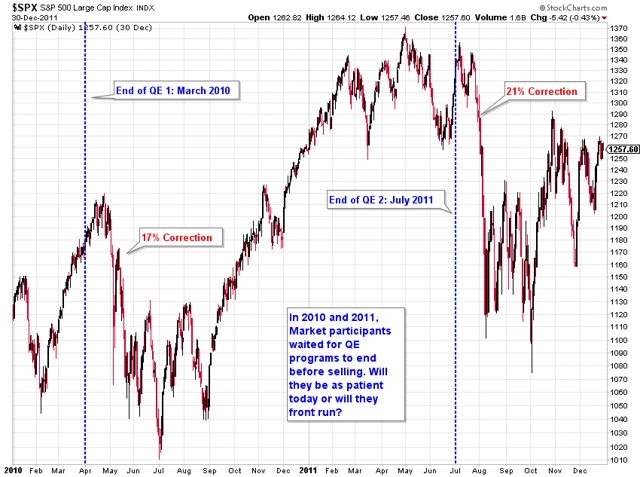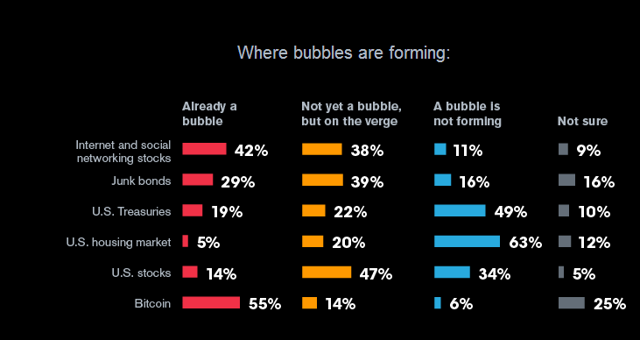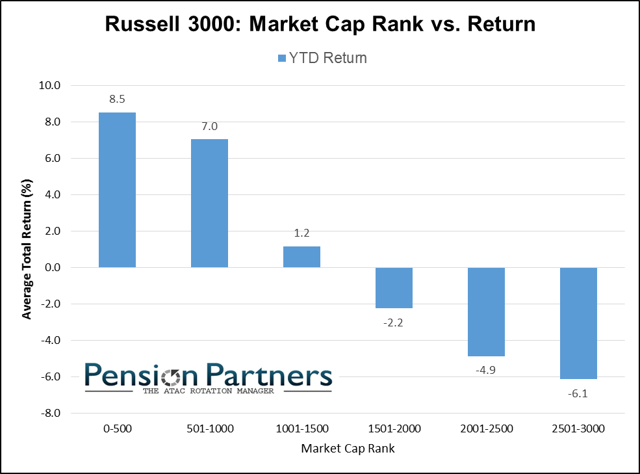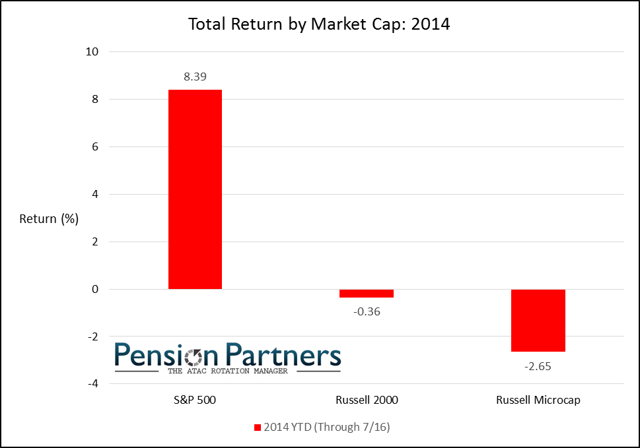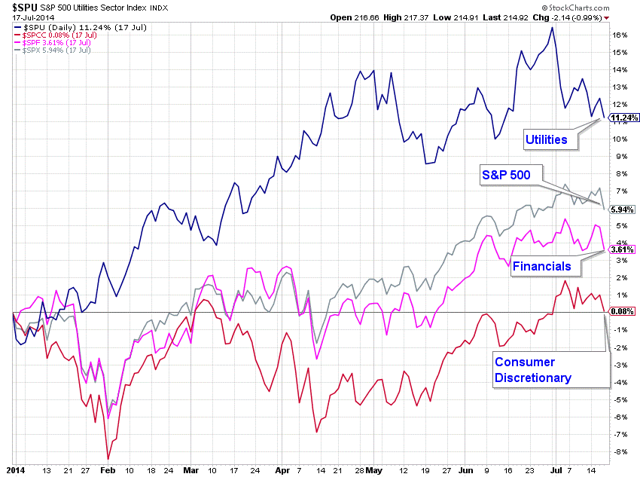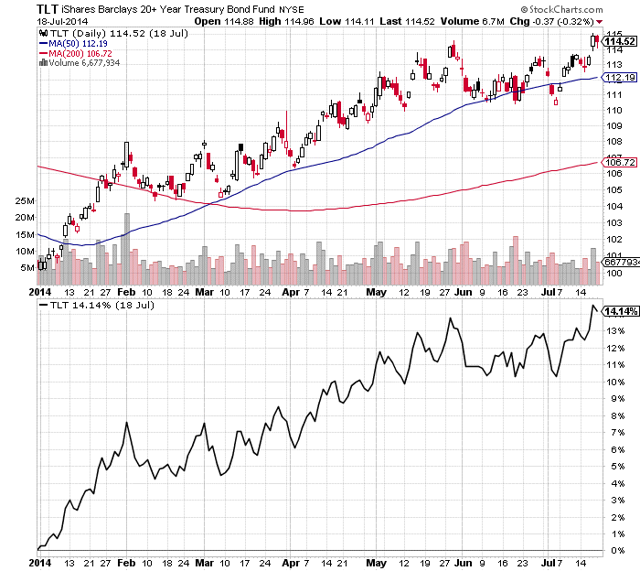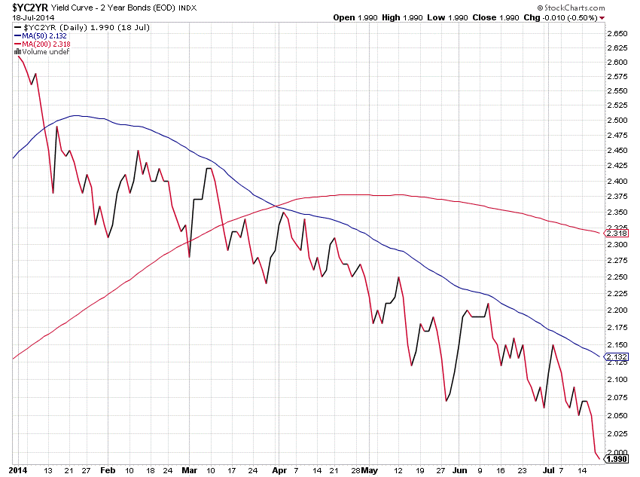WTI Oil Slips as Fuel Stockpiles Gain Amid Weaker Demand
West Texas Intermediate crude dropped to a two-week low after a government report showed that U.S. gasoline supplies gained as demand slipped.
Gasoline inventories climbed for a fourth week while stockpiles of distillate fuel, a category that includes diesel and heating oil, rose to a 10-month high, according to the Energy Information Administration. Gasoline use fell 0.5 percent to an average 8.95 million barrels a day in the past four weeks, the least since May. WTI rose earlier after a Commerce Department report showed the U.S. economy rebounded more than forecast in the second quarter.
“It’s amazing that gasoline inventories rose at all given that we’re in the peak-demand season,” said Tom Finlon, Jupiter, Florida-based director of Energy Analytics Group LLC. “Gasoline is leading the way lower.”
WTI for September delivery slipped 70 cents, or 0.7 percent, to close at $100.27 a barrel on theNew York Mercantile Exchange. It was the lowest settlement since July 15. Prices, which are down 4.8 percent so far in July, are heading for the biggest monthly decline since October.
Gasoline for August delivery dropped 2.76 cents, or 1 percent, to close at $2.8433 a gallon on the Nymex. Pump prices fell 0.2 cent to $3.513 a gallon nationwide yesterday, the lowest since March 13, according to AAA, the largest U.S. motoring group.
Ultra low sulfur diesel for August delivery declined 1.61 cents, or 0.6 percent, to settle at $2.8906.
Fuel Stockpiles
Inventories of gasoline increased 365,000 barrels to 218.2 million, the highest level since March 14, the report showed. Supplies were projected to rise by 1 million barrels, according to the median of 10 analyst estimates in the Bloomberg survey. Inventories in the area around New York Harbor, the delivery point for gasoline futures, reached the highest level for this time of year since 2008.
Distillate stockpiles rose 789,000 barrels to 126.7 million, the most since the week ended Sept. 27.
Refineries operated at 93.5 percent of capacity, down 0.3 percentage point from the prior week. Operating rates have peaked in July during the past five years when gasoline demand climbs as Americans take summer vacations. Refiners schedule maintenance for September and October as they transition to winter from summer fuels.
Crude stockpiles fell 3.7 million barrels to 367.4 million in the week ended July 25, according to the EIA. A 1.25 million-barrel decline was projected by analysts surveyed by Bloomberg.
Cushing Supplies
Supplies at Cushing, Oklahoma, fell by 924,000 barrels to 17.9 million last week. The decline left stockpiles at the lowest level since October 2008, according to the EIA, the Energy Department’s statistical unit.
Stockpiles have dropped at Cushing this year as new pipeline capacity has been sending oil to Texas and Louisiana, the states with the largest refining capacity. Inventories along the Gulf Coast, known as PADD 3, rose 447,000 to 197.4 million last week, the EIA said.
“If the Cushing draws continue, we will eventually reach a point where storage is at minimum operational levels,” said Michael Lynch, president of Strategic Energy & Economic Research in Winchester, Massachusetts. “The market doesn’t seem concerned at the moment. The reaction might be muted because a lot of the oil has simply been moved to the Gulf.”
Consumer Spending
U.S. crude production fell 122,000 barrels a day to 8.443 million. Output has surged this year as a combination of horizontal drilling and hydraulic fracturing, or fracking, has unlocked supplies trapped in shale formations, including the Bakken in North Dakota and the Eagle Ford in Texas.
“The market is struggling because the fuel demand outlook is weak despite the strong economy,” said John Kilduff, a partner at Again Capital LLC, a New York-based hedge fund that focuses on energy. “The reality is that gasoline consumption should drop further as the summer comes to an end and we get into a quiet period for demand.”
U.S. gross domestic product rose at a 4 percent annualized rate after shrinking 2.1 percent from January through March, Commerce Department figures showed today.
The European Union agreed yesterday to bar state-owned Russian banks from selling shares or bonds in Europe, restricting the export of equipment to modernize the oil industry and barring the sale of equipment with military uses. The EU acted after pro-Russian separatists continued to impede an investigation into the July 17 downing of a Malaysian airliner by a surface-to-air missile over eastern Ukraine.
Brent for September settlement fell $1.21, or 1.1 percent, to end the session at $106.51 a barrel on the London-based ICE Futures Europe exchange. The European benchmark crude closed at a $6.24 premium to WTI. The spread closed at $6.75 yesterday, the widest since July 4.
To contact the reporter on this story: Mark Shenk in New York at mshenk1@bloomberg.net
To contact the editors responsible for this story: David Marino at dmarino4@bloomberg.netRichard Stubbe

